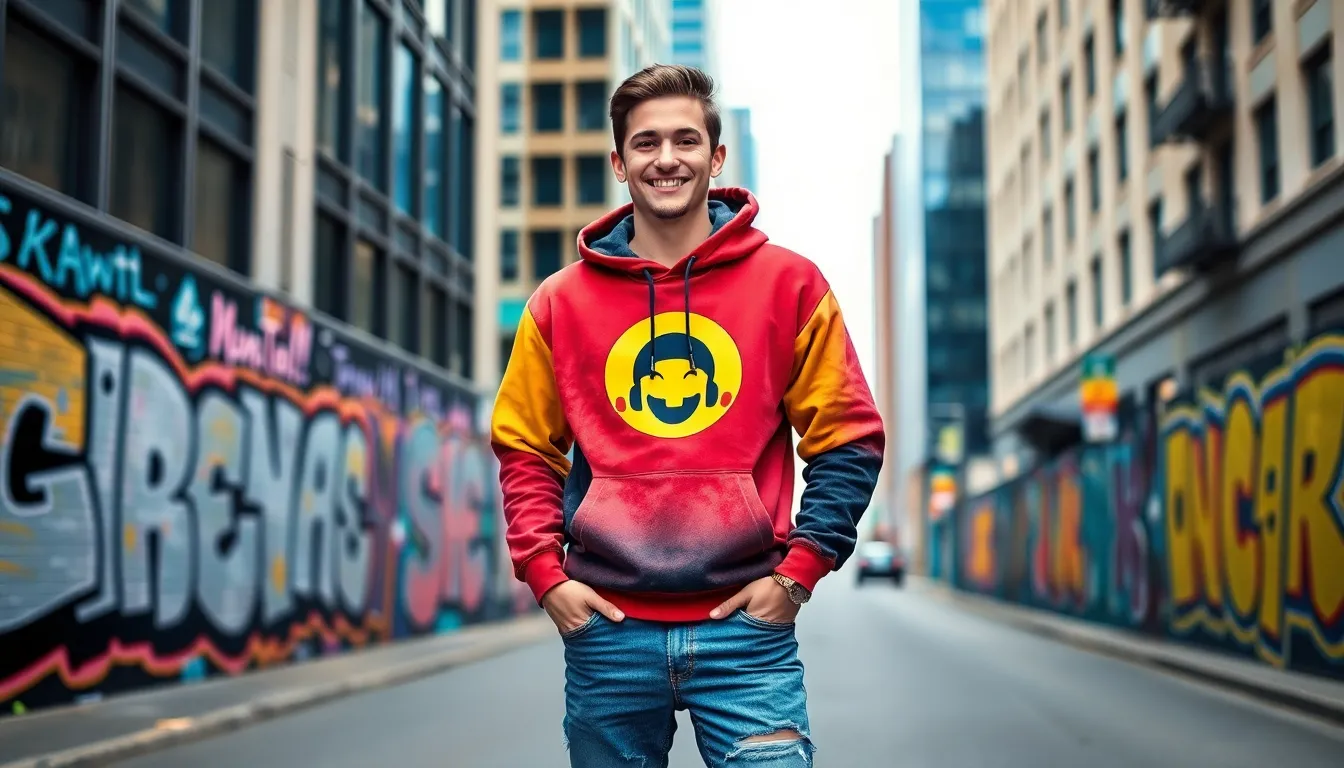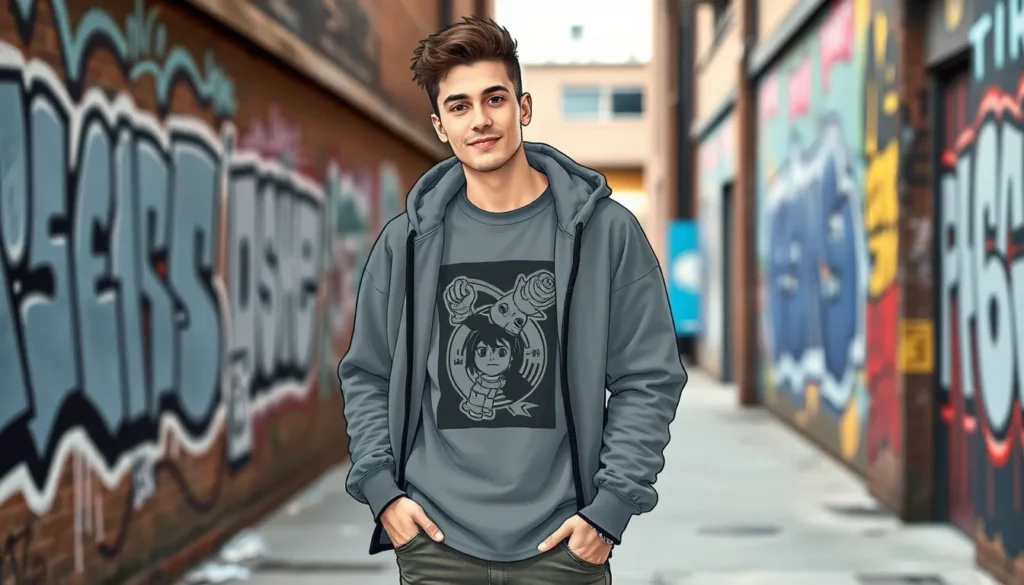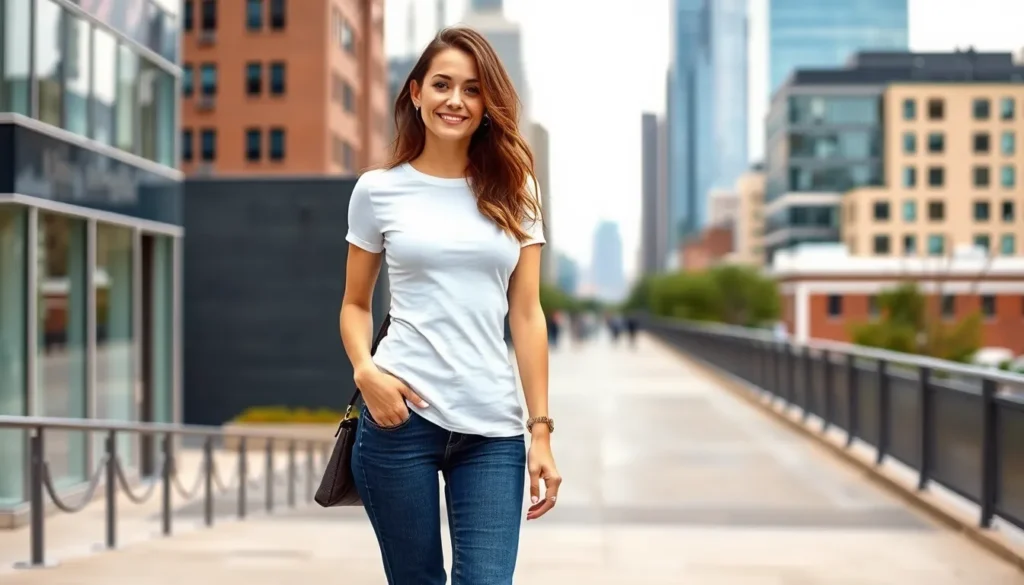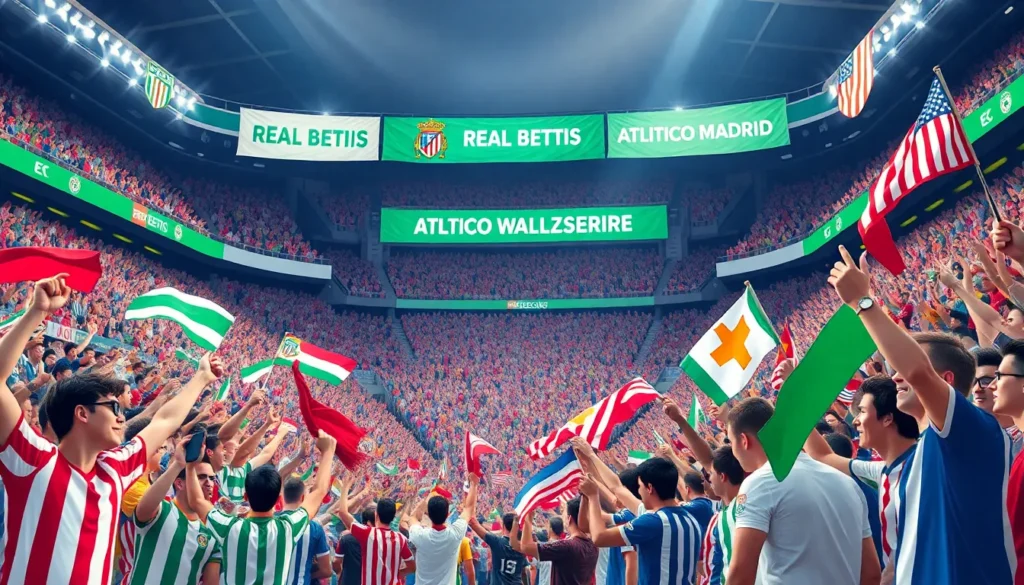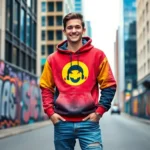In a world where everyone’s trying to stand out, customized streetwear is the secret sauce that adds a dash of personality to any wardrobe. Forget cookie-cutter styles that scream “I’m just like everyone else.” With customized pieces, it’s all about expressing individuality while still rocking those comfy vibes.
Table of Contents
ToggleOverview of Customized Streetwear
Customized streetwear combines comfort with personal style, offering individuals a way to express themselves through fashion. This segment of the fashion industry thrives on creativity and individualism, allowing consumers to create one-of-a-kind pieces. Many brands now provide platforms for customization, such as adding graphics, colors, and text to apparel.
The demand for customized streetwear has surged. According to recent studies, about 62% of consumers prefer personalized clothing experiences. Customizations include everything from tailored fits to unique designs. Technology enhances this experience; digital tools allow people to visualize their creations before purchasing.
Retailers play a significant role in this trend. They often collaborate with artists and designers to offer exclusive lines that appeal to their target audience. Lately, social media platforms have showcased these unique pieces, creating communities that appreciate and share customized styles.
Sustainability factors into the rise of customized streetwear as well. Many customers seek eco-friendly options, opting for brands that use sustainable materials and production methods. This shift aligns with the desire for authenticity and ethical fashion.
In the age of individuality, customized streetwear empowers people. It contributes to the ever-changing landscape of fashion by encouraging creativity, personal connection, and environmental responsibility. Empowering individuals to express their identities, customized streetwear is not just about clothing; it reflects values and makes statements through personal choice.
The Rise of Customized Streetwear
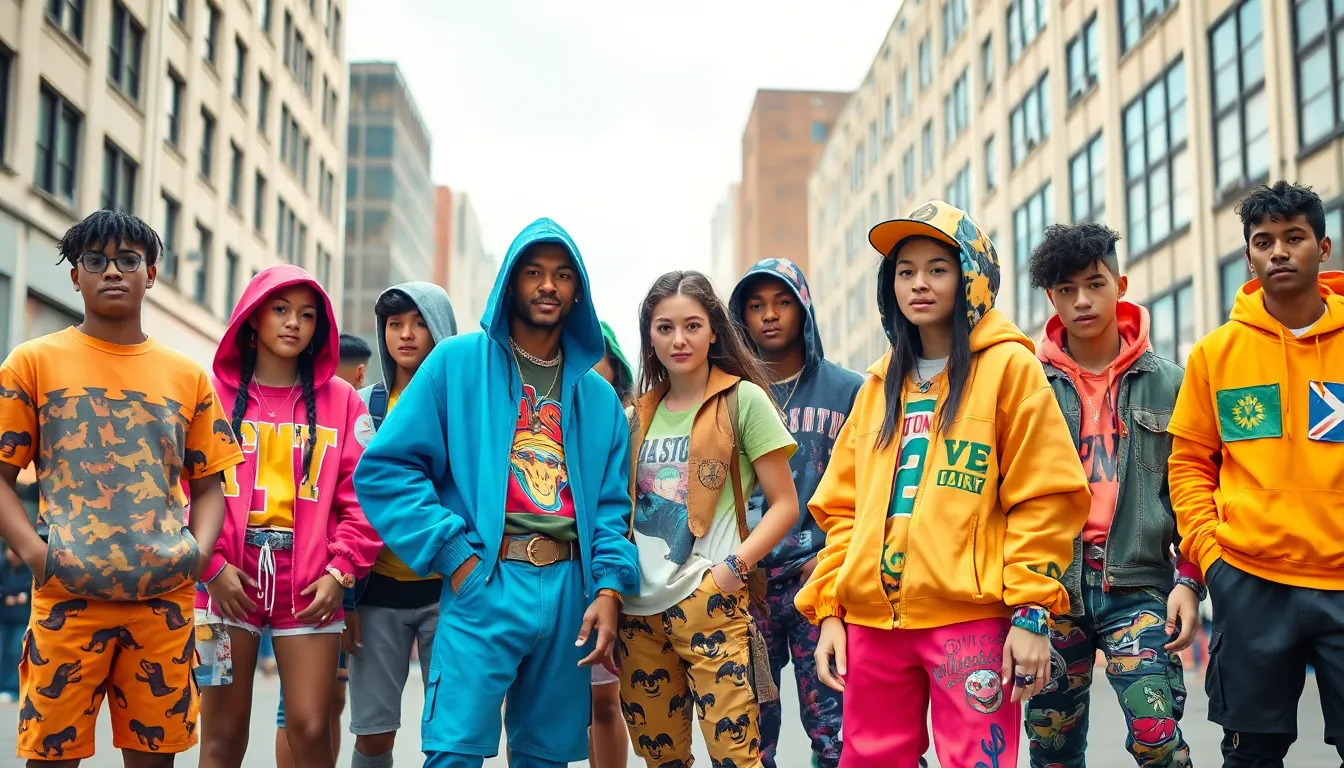
Customized streetwear represents a vibrant shift in the fashion landscape, prioritizing personal expression and creativity. This trend, fueled by a desire for individuality, allows people to redefine how they express themselves through clothing.
Influences on Streetwear Culture
Numerous factors shape streetwear culture. The fusion of art, music, and celebrity endorsements creates an environment ripe for innovation. Influential designers and artists frequently collaborate, driving unique designs and ideas into the market. Social media platforms enhance visibility, enabling emerging trends to spread rapidly. Furthermore, cultural movements that promote inclusivity encourage consumers to seek personalized clothing, reinforcing individuality.
Popularity Among Youth
Customized streetwear captures the attention of younger generations. Studies reveal that around 62% of consumers embrace personalized clothing experiences, showing a clear preference for items that stand out. The immersive shopping experience appeals to youth, as they appreciate brands that offer customization options. Many young people use social media to showcase their individual styles, further fueling this trend. Brands that align with youth culture gain significant traction, ultimately solidifying the importance of personalized fashion in their lives.
Design Elements of Customized Streetwear
Customized streetwear incorporates various design elements that reflect personal style and current trends. Fabric choices and personalization techniques create distinct pieces that resonate with consumers.
Fabric Choices and Sustainability
Fabric selection plays a crucial role in customized streetwear. High-quality materials like organic cotton, recycled polyester, and hemp appeal to eco-conscious consumers. Sustainable fabrics not only reduce environmental impact but also promote ethical fashion. Brands increasingly prioritize eco-friendly materials, aligning with the preferences of 62% of consumers seeking personalized clothing experiences. Comfort remains essential, so breathable and durable fabrics enhance wearability while supporting sustainable practices.
Personalization Techniques
Personalization techniques offer endless possibilities for expression in customized streetwear. Techniques such as embroidery, screen printing, and digital design enable unique creations tailored to individual preferences. Consumers can choose custom graphics, text, and colors, ensuring their pieces stand out. Heat transfer and dye-sublimation methods further expand creativity, allowing for intricate designs. Many brands leverage technology to provide virtual previews, enabling customers to visualize their designs before purchase. Incorporating these techniques fosters a sense of ownership and individuality in each customized piece.
Brands Pioneering Customized Streetwear
Customized streetwear continues to make waves in the fashion industry, with brands leading the charge to offer unique pieces for personal expression. Several key designers and emerging players are at the forefront of this movement.
Notable Designers
Recognized for their innovative designs, established brands like Off-White and Supreme have made significant contributions to customized streetwear. Off-White integrates bold graphics and lettering, allowing customers to create one-off pieces. Supreme has garnered a loyal following, offering limited-edition releases that invite personalization. Customization enhances their appeal, giving consumers a sense of ownership over unique products. Additionally, A Bathing Ape encourages individuality through vibrant prints and styles. Designers who prioritize creativity and collaboration drive the customized streetwear trend forward, catering to an audience that values personal connection in fashion.
Emerging Players in the Market
New brands like Custom Ink and Printful are emerging, offering innovative approaches to personalized clothing. Custom Ink allows users to design custom apparel, targeting various groups and events with a user-friendly platform. Printful specializes in print-on-demand services, enabling real-time customization of streetwear without inventory hassles. These emerging players capitalize on technology, making personalization accessible for everyone. Additionally, smaller brands like Migos’ Culture Gear express unique identities through exclusive designs. The rise of these companies reflects the growing demand for customized streetwear, as consumers seek to express their individuality in fresh and exciting ways.
Conclusion
Customized streetwear stands at the intersection of fashion and personal expression. It enables individuals to break free from conventional styles and embrace their uniqueness. As the demand for personalized clothing continues to rise brands are responding with innovative designs and sustainable practices.
This evolution in streetwear culture not only reflects individual identities but also fosters a sense of community among fashion enthusiasts. With technology enhancing the customization process and social media amplifying visibility, the future of customized streetwear looks bright.
Ultimately this trend empowers people to make bold statements through their clothing choices while promoting an inclusive and creative fashion landscape.

